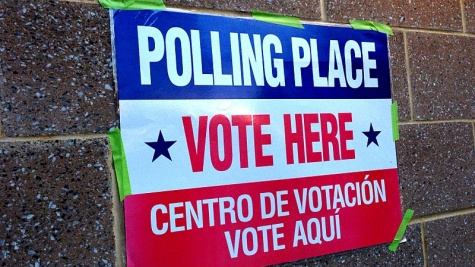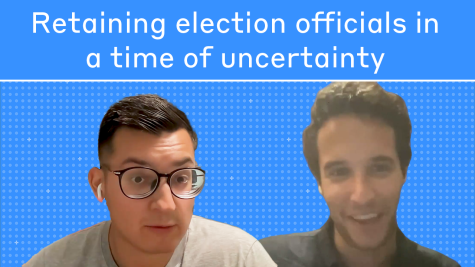Who Votes? City Election Timing and the Composition of Voters
The MIT Election Data and Science Lab helps highlight new research and interesting ideas in election science, and is a proud co-sponsor of the Election Sciences, Reform, & Administration Conference (ESRA).
Zoltan Hajnal and Vlad Kogan recently presented a paper at the 2019 ESRA conference entitled, “Who Votes: City Election Timing and the Composition of Voters.” Here, they summarize their analysis from that paper.
The vote is the building block of democracy. Despite the centrality of the vote for the functioning of democracy, relatively few Americans turn out in the typical contest. And nowhere is the problem worse than at the local level.
Many complain about disappointing participation in national elections, but turnout in local contests is often half as low. In contests for down-ballot local offices like school boards, turnout can and often does fall below ten percent of the adult population. Even more alarming is that people who do vote don’t look like those who stay home. Across the nation, local voters are much more likely than nonvoters to be white, well-off, well-educated, older and generally advantaged. One implication is that those who by many measures are the most in need of government support may have the least say in what government does. That is particularly troubling given how much is at stake at the local level: every year, local governments spend almost two trillion dollars.
Is there anything we can do about it? In this paper, we investigate the effect of moving to on-cycle local elections that are held on the same day as statewide or federal contests. There is a clear intuitive logic to the reform. Holding local elections on days that coincide with statewide or national contests makes voting in local contests less costly. When local elections are not held on the first Tuesday in November with other statewide and national contests, local voters need to learn the date of their local election, find their local election polling place, and make a specific trip to the polls just to vote on local contests. If, however, local elections occur on the same day as presidential or midterm contests, local voting is almost costless. Citizens who are already casting ballots for higher level offices need only have to check off a few more boxes further down the ballot.
We already know that small changes in timing make a huge difference in turnout. Every study that has looked at election timing has found substantial effects, with turnout increasing most when city elections are aligned with presidential contests. But we don’t know whether on-cycle elections change who votes in city elections. In our research, we analyze two original datasets — one with the dates of all decisive city elections in California between 2008 and 2016, and a second that includes a variety of commercial and proprietary micro-targeting data about the voters who participate in these elections. Our data allows us to assess how election composition differs within the same city, depending on when votes are cast.
The analysis confirms that election timing has significant consequences for aggregate voter turnout. It also reveals substantial differences in the racial makeup, the age and class distribution, and the partisanship and ideology of voters across election dates. When local elections are held at the same time as Presidential and Midterm elections, the shares of white, wealthier, and older voters all declines, while the shares of voters who are Hispanic, Asian American, Black, lower income, younger, liberal, and Democratic all increase substantially. Our results suggest that moving to on-cycle elections has the potential to make local voters much more representative across all of these dimensions.
What makes on-cycle elections particularly attractive as a potential reform is their feasibility. On-cycle elections are popular. Nearly 70 percent of Americans favor voting for local and national contests on the same day at the same time. On-cycle elections also tend to save cities money. In most states, municipalities pay the entire administrative costs of stand-alone elections but only a fraction of the costs of on-cycle elections. Consolidating elections is also relatively easy — cities can often switch to on-cycle elections with a simple piece of legislation. Voters themselves can drive the process through the use of direct democracy at the state or local level in many areas. Finally, state legislatures can mandate election timing statewide.
All of this is reflected in the fact that substantial reform is already occurring. Dozens of cities across the country have recently shifted to on-cycle elections and two states — one Democratic (California) and one Republican (Arizona) — have recently passed laws that mandate on-cycle elections when turnout passes below a certain threshold. But there is still a long way to go, as most cities around the country still hold off-cycle elections.


